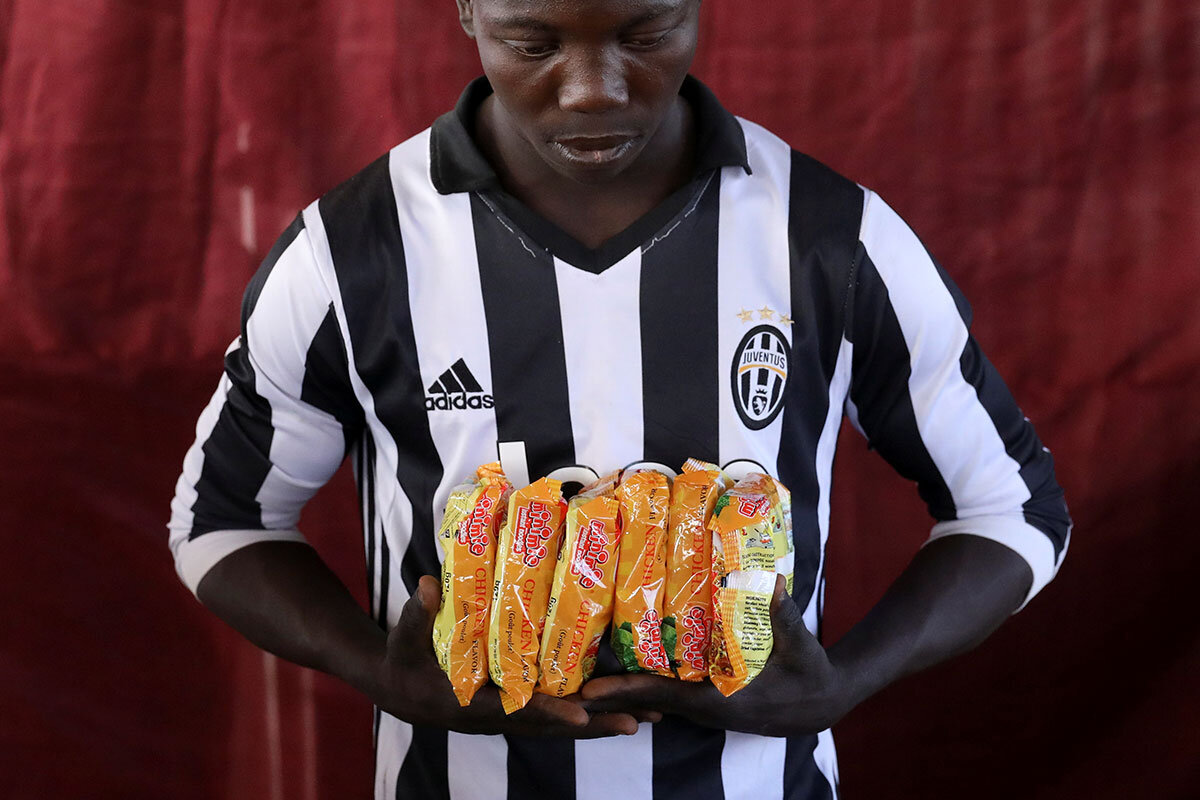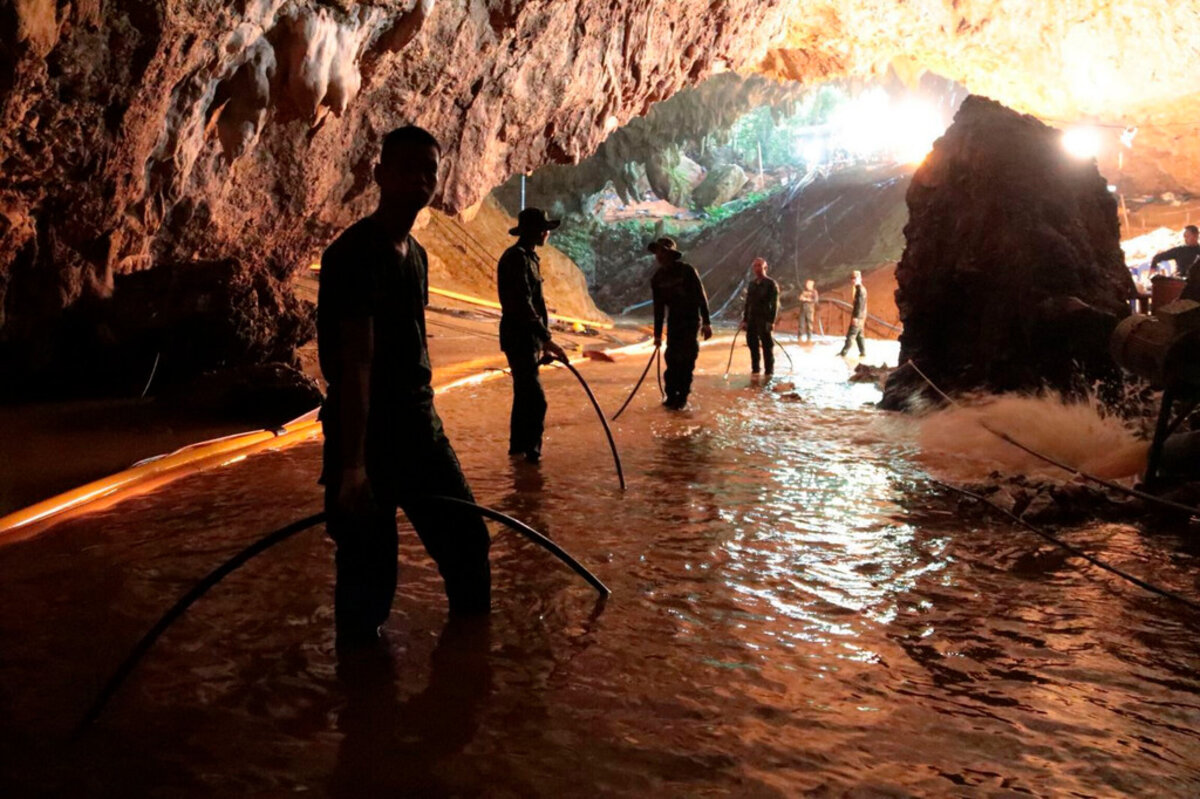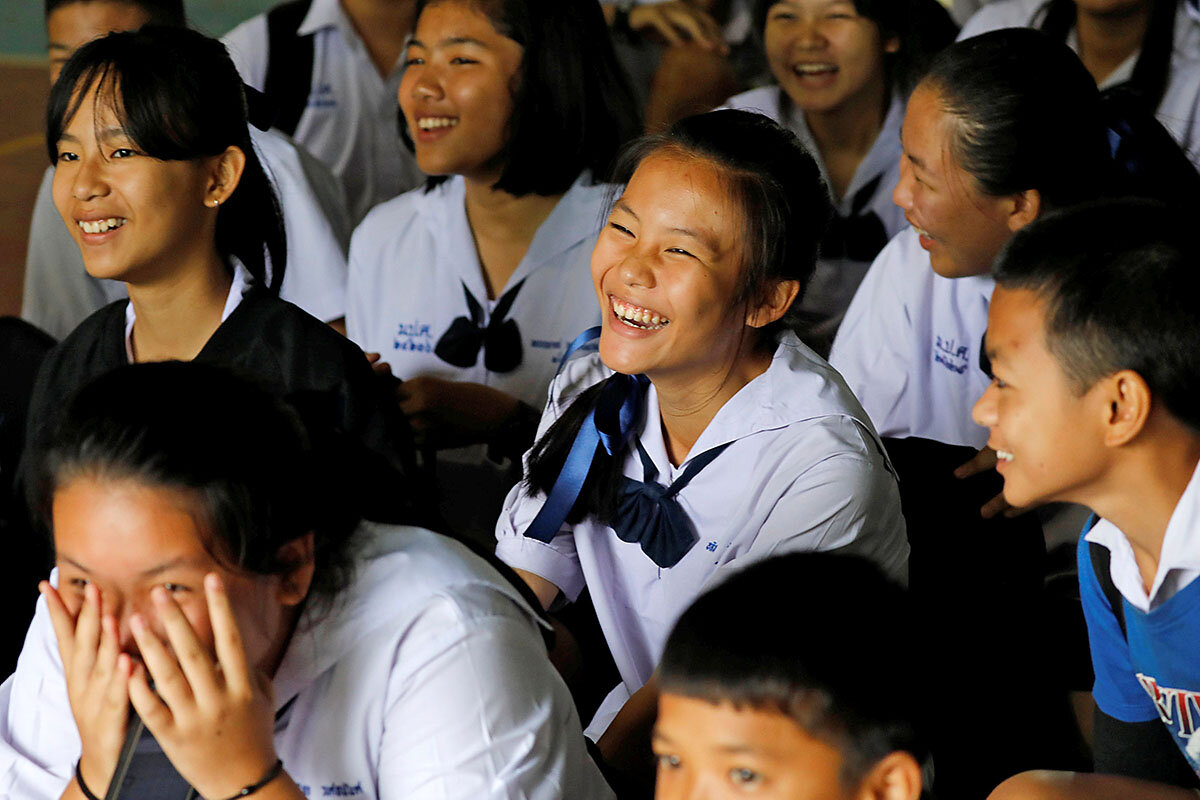On a contentious border, the United States’ commitment to fairness, humanity, and efficiency often comes down to the herculean work of immigration judges. Their challenges are only becoming more difficult.
Monitor Daily Podcast
- Follow us:
- Apple Podcasts
- Spotify
- RSS Feed
- Download
 Mark Sappenfield
Mark Sappenfield
Last week, a reader sent me a story titled “Why the media has broken down in the age of Trump.” It is by a New York Post columnist who says coverage of President Trump marks a “total collapse of standards, with fairness and balance tossed overboard. Every story,” he adds, has become “opinion masquerading as news….”
I hear this from many readers. And they have a point. The mainstream media unquestionably cover this president differently. But many in the mainstream media say there is a reason: They argue that this president is a threat to the republic, so the usual rules no longer apply. What’s interesting is that the same thinking applied in reverse during the Obama administration. Conservative outlets considered his policies a threat to the nation’s core values and reported with the same sense of alarm and dismay.
The point is not to compare the two administrations or the threat, but to recognize the gulf they reveal between America’s most politically engaged citizens. Their views of government, abortion, sexuality, race, and immigration differ so widely that each side actually makes the other feel afraid. Each side sees the other as destroying what it loves about America.
What is to be done? Perhaps, as a first step, a redefinition of what we love about America. The motto e pluribus unum is thought to come from Cicero: “When each person loves the other as much as himself, it makes one out of many.”
Here are our five stories for the day, which include a poignant European anniversary, an unusual look at the principles of free trade from Africa, and the difficult conversations around a beloved book.










